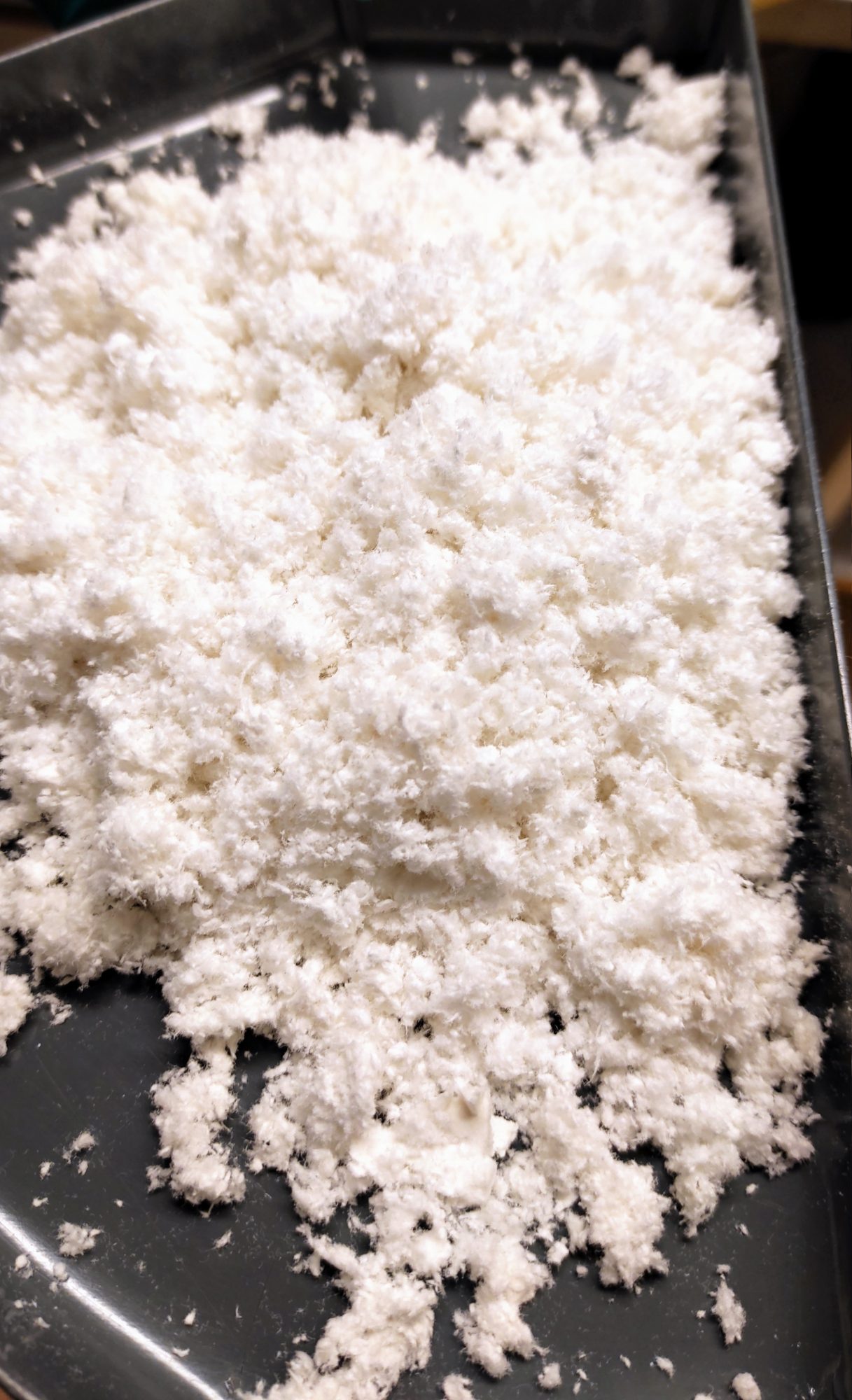Miguel Sanchis Sebastiá, CEO of ShareTex and Ola Wallberg, Professor at Lund University, unpack research and innovation within circular textiles sector, explaining the role of recycling technologies in a larger strategy
Fashion has been identified as a priority sector needing innovation and transformation to reduce its environmental impact, so that the carbon-neutrality goals of the European Union can be achieved.
Innovation is required to transform several aspects of this value chain so a completely new, more environmentally friendly system can be created. Increasing recycling rates has a vital role to play in this holistic strategy, although it is crucial to understand that no solution can transform the whole system on its own.
The environmental issue of waste textiles
Textile fibre production has increased significantly during the past few decades, from barely 25 million tonnes in 1975 to above 110 million in 2022. This translates into an increasing environmental problem because fossil-based fibres account for the majority of textile fibre production (63%); therefore, this increase drives the consumption of fossil resources. Other types of materials are involved in this problem since cotton is the second most common fibre type, accounting for 25 million tonnes in 2022.
Moreover, the situation is aggravated because approximately 80% of the fabrics introduced in the market end up in landfills or incinerators, causing additional pollution at their end-of-life, and only a meagre 1% of textiles are recycled into new textile fibres.

No silver bullet for circular textile innovation
The magnitude of the textile industry’s environmental challenge is that it cannot be addressed from a single perspective because waste textiles need to be dealt with according to the waste hierarchy, in which minimisation and reuse strategies come before recycling. There are, in fact, many opportunities for innovation within these fields, and they are not necessarily linked to technological development. For example, reducing unsold stocks through better practices (minimisation) or deploying profitable and effective second-hand businesses at scale (reuse).
Deploying textile recycling has a vital role in the sustainable management of waste textiles because alternatives to landfilling and incineration need to be established to recover the value of the material once it cannot be further reused.
This entails the development of recycling technologies but, more importantly, their scale-up to reach relevant volumes. However, a fully functioning recycling system requires innovation beyond the recycling technologies themselves since no large-scale sorting systems can collect and classify the waste materials needed as input.
Similarly, designers have ample room for innovation in terms of eco-design and improved recyclability of textile products, and much work remains to be done regarding traceability and transparency solutions (digital product passport or otherwise), to name a few more examples. Thus, recycling technologies are only a part of a recycling system, much like recycling is only a part of the waste hierarchy; therefore, innovation requires a holistic approach.
ShareTex’s approach to chemical textiles recycling
Chemical recycling of cellulosic textile fibres entails, in many cases, the production of a cellulose pulp that can be subsequently used as a starting material in the production of man- made cellulose fibres. This pathway exploits the fact that cotton fibres are formed by much longer polymers than man-made cellulose fibres. The shortening of the polymers sets clear (technological) limitations to this strategy since, once the polymers have been shortened, they cannot be lengthened again.
Consequently, this strategy delays the incineration and/or landfilling of the material but does not avoid it. To significantly avoid these practices, closed-loop technologies, such as pulping of cotton waste, need to be combined with open-loop technologies, like the hydrolysis process that ShareTex has developed in which cellulosic fibres (preferably with short polymers) are transformed into a sugar solution from which bio-based chemicals can be produced.
Closed-loop systems could never be indefinitely repeated, but innovation can target maximising the number of cycles.
In the case of cellulosic fibres, this entails recycling the fibres while minimising the shortening of their polymers. ShareTex is exploring this possibility by developing a new spinning technology (together with partners) in which the recycled fibre has almost the same chemical properties as the original material.
For example, viscose fibres can be produced from viscose waste instead of cotton waste, breaking the dependency of recycling technologies on a significant difference between the starting and final polymers. This implies that more cellulosic fibres would be suitable for closed-loop systems (not only those with long polymers like cotton) and increasing how many times the fibres can circulate before they need to find value in other applications.

This work is licensed under Creative Commons Attribution-NonCommercial-NoDerivatives 4.0 International.


